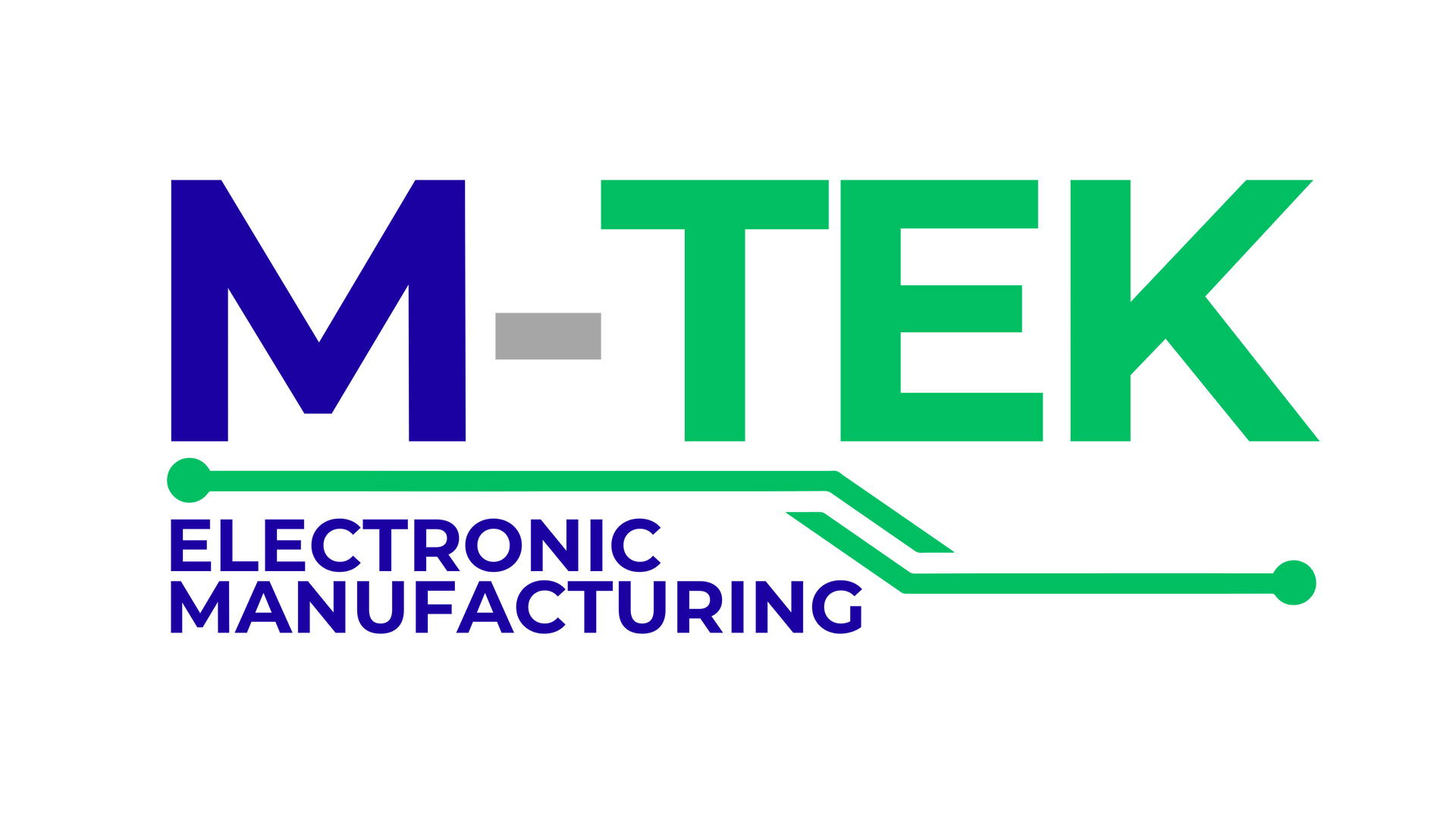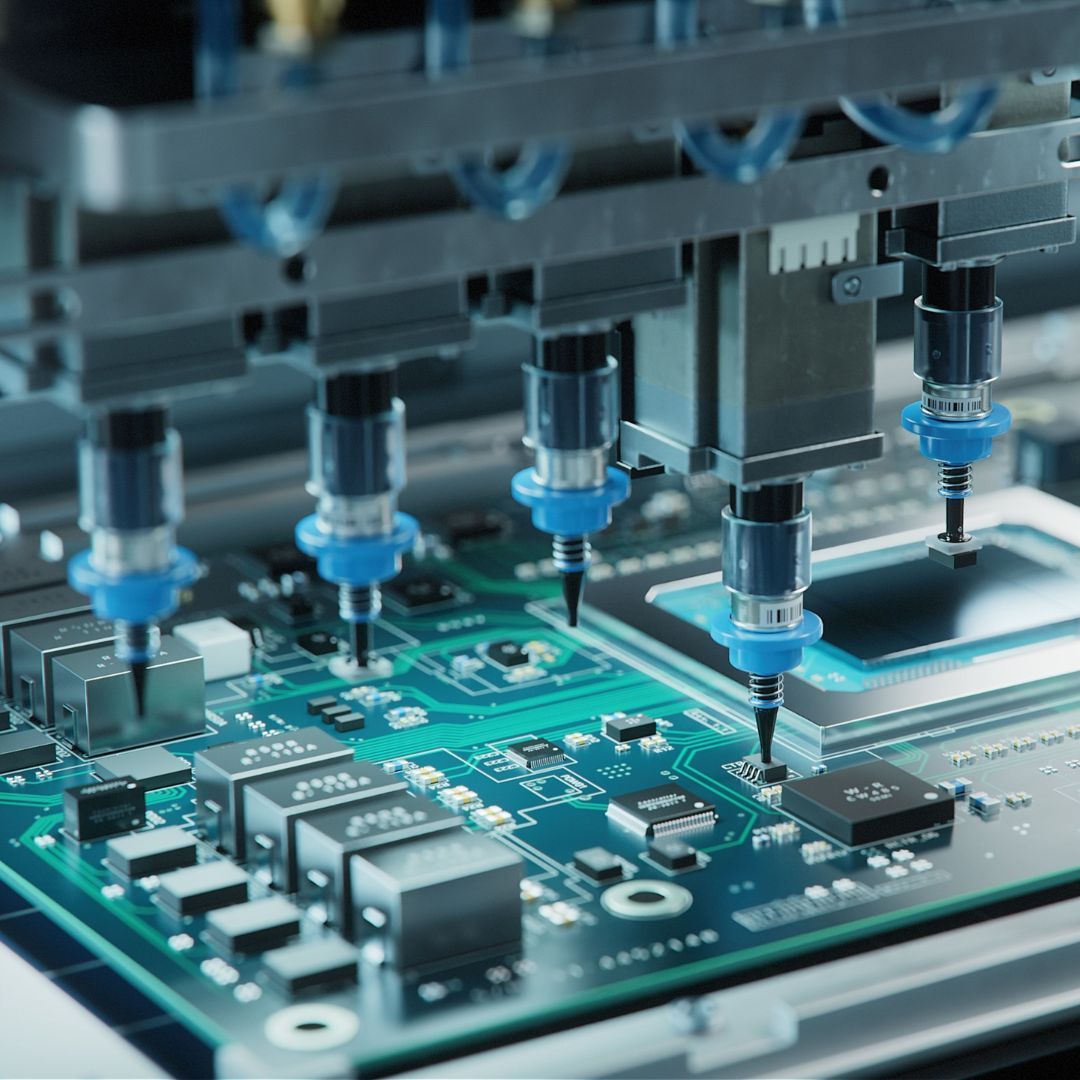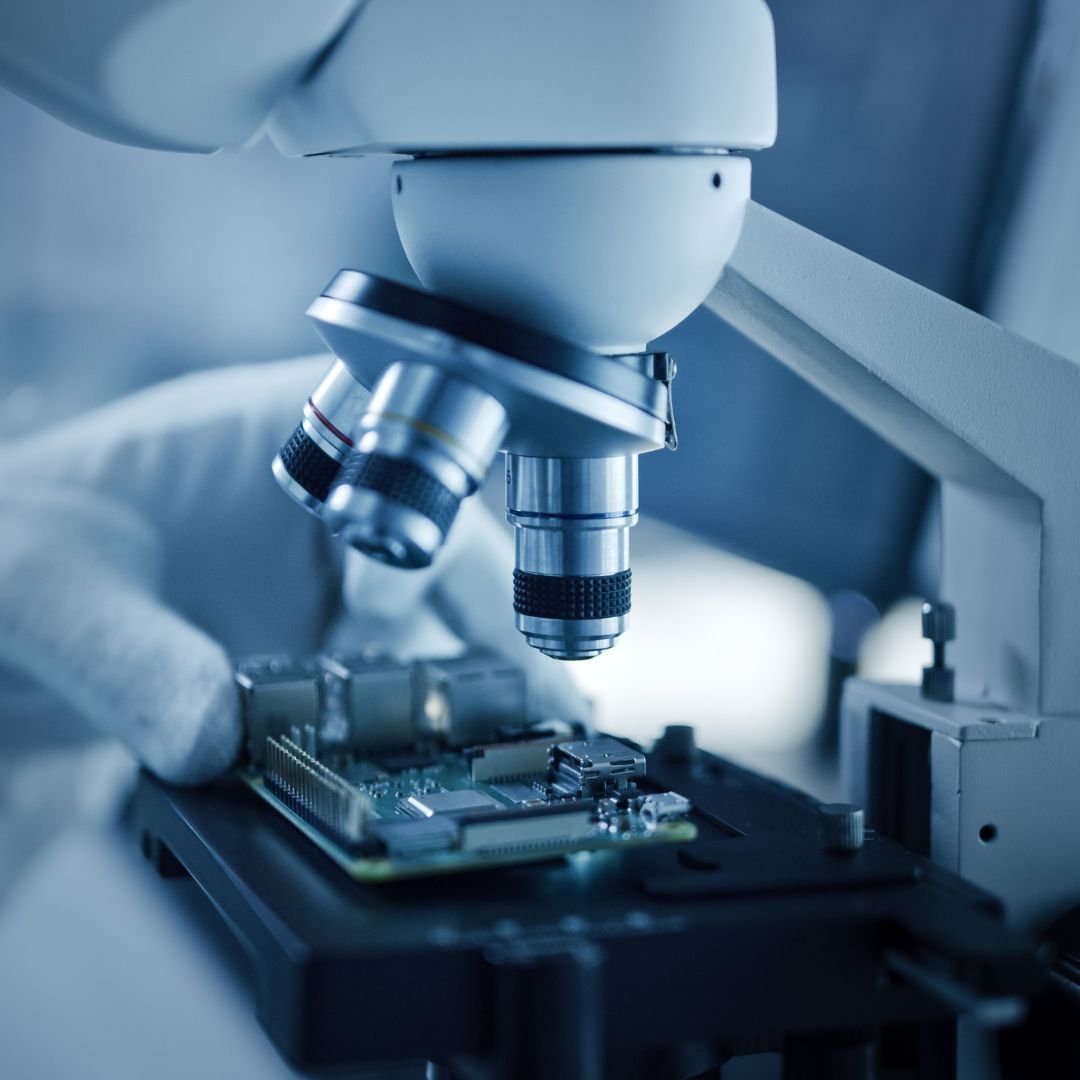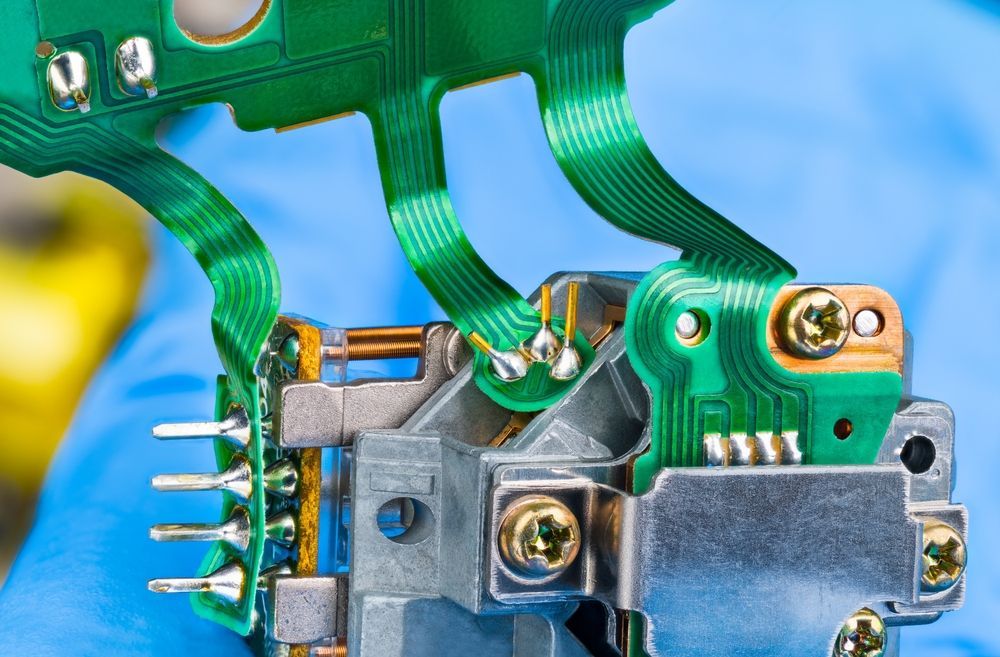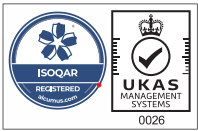Printed Circuit Board (PCB) designs are an essential part of the electronics industry.
Whether you're creating a small project or a large-scale production run, it's important to create a reliable PCB design. A well-designed PCB can help to minimise manufacturing errors, reduce the likelihood of failure, and improve overall product quality. In this article, we'll discuss seven tips for creating reliable PCB designs. Within this article, we will discuss the 7 essential tips to creating a reliable PCB design.
Plan and Research PCB Designs
The first step in creating a reliable PCB design is to plan and research. This involves understanding the requirements of the project, including the size and shape of the board, the number and type of components required, and any specific features or functions that need to be included. Additionally, it's important to research the manufacturing process and any relevant industry standards or regulations that may apply.
Keep it Simple
One of the most important principles of PCB design is to keep it simple. This means using a minimalist approach when it comes to the design of the board, the placement of components, and the routing of traces. A simple design can help to reduce the likelihood of manufacturing errors, improve the reliability of the board, and reduce costs.
Use a Standard Layout
Another important principle of PCB design is to use a standard layout. This means using a layout that has been proven to be reliable and effective in the industry. Standard layouts can help to reduce the likelihood of errors, ensure compatibility with manufacturing equipment, and improve overall product quality.
Consider Component Placement
When designing a PCB, it's important to carefully consider the placement of components. This includes ensuring that components are placed in a way that allows for proper airflow and heat dissipation, as well as avoiding placing components too close together.
Additionally, it's important to consider the orientation of components and ensure that they are all facing in the correct direction.
Pay Attention to Trace Width and Spacing
The width and spacing of traces on a PCB can have a significant impact on its reliability. It's important to ensure that traces are wide enough to handle the current they will be carrying, and that they are spaced far enough apart to prevent interference and crosstalk.
Additionally, it's important to ensure that traces are routed in a way that minimizes their length and reduces the likelihood of signal degradation.
Test and Validate the Design
Once a PCB design has been created, it's important to test and validate the design before it goes into production. This includes using simulation software to test the design and ensure that it meets the required specifications, as well as physically testing the board to ensure that it functions correctly.
Work with Experienced Manufacturers
Finally, it's important to work with experienced manufacturers when creating a PCB design. Experienced manufacturers can provide valuable advice and guidance throughout the design process, as well as help to identify potential issues and provide solutions.
Additionally, working with an experienced manufacturer can help to ensure that the final product meets all necessary industry standards and regulations.
Final Thoughts
In conclusion, creating a reliable PCB design requires careful planning, attention to detail, and a focus on simplicity. By following the tips outlined in this article, you can create a PCB design that is reliable, efficient, and effective for your project.
M-Tek Assembly
We at M-Tek Assembly have decades of experience in the field, and our group of knowledgeable engineers will help you every step of the way. We have achieved a net-zero carbon footprint by using electric vehicles, and for every PCB we build, we plant a tree!
Contact one of our SMT and PCB assembly experts today for assistance. Call 01189 455377 or follow us on Twitter to learn more about our services, including vacuum casting.
